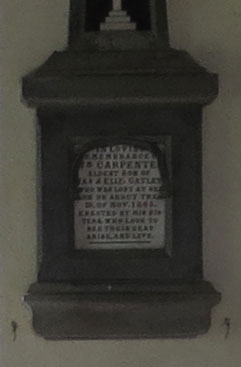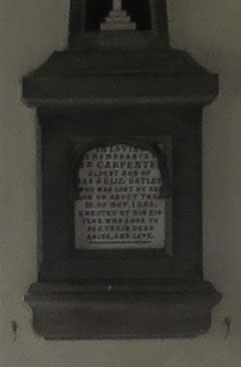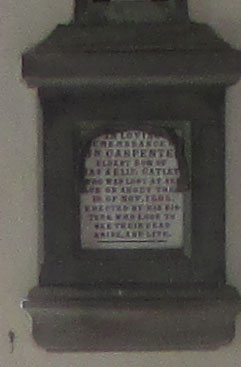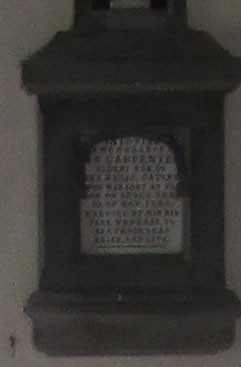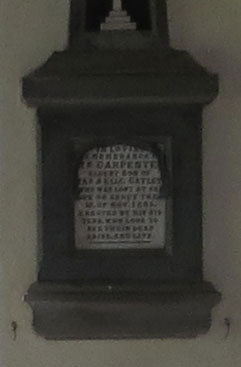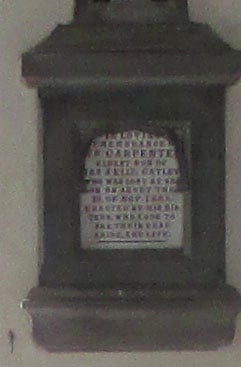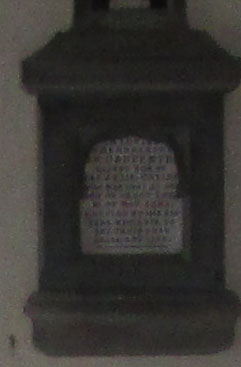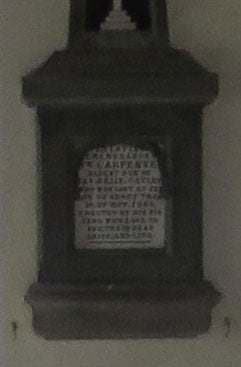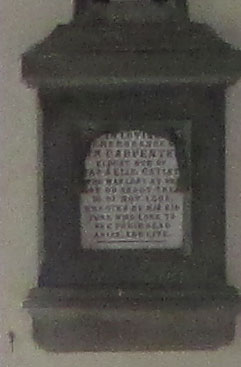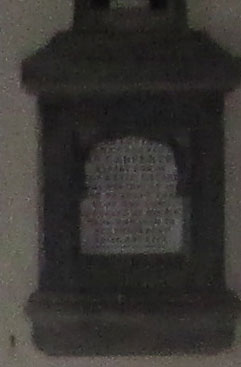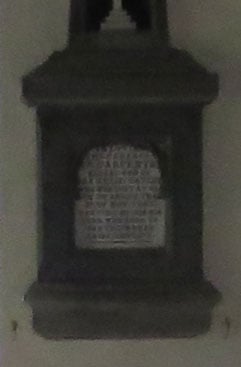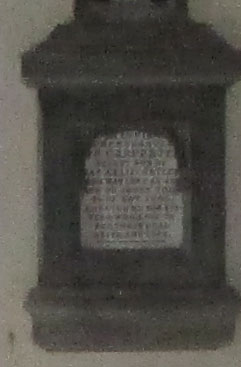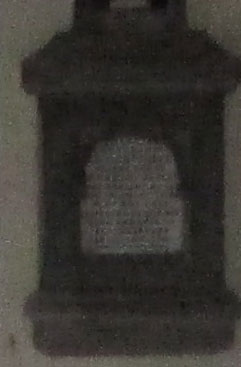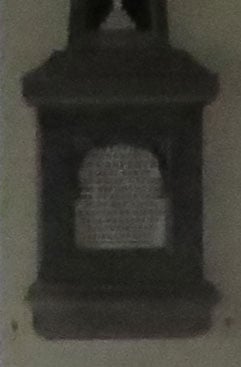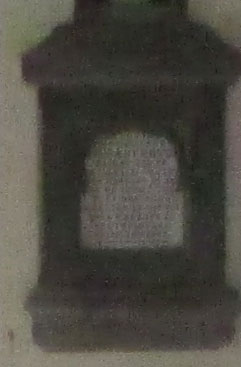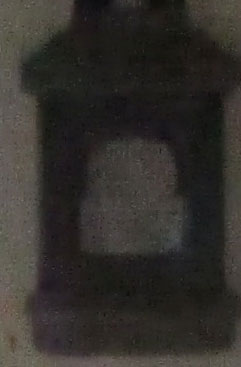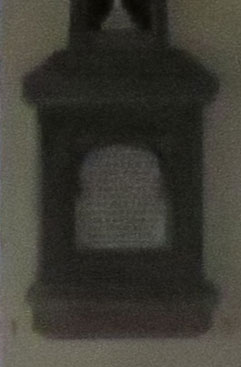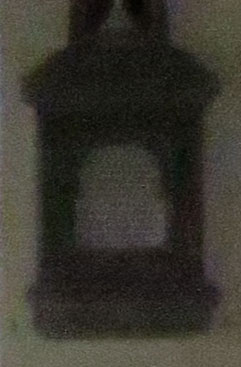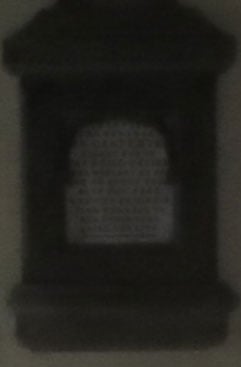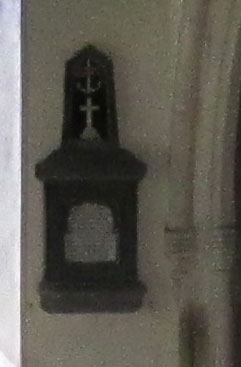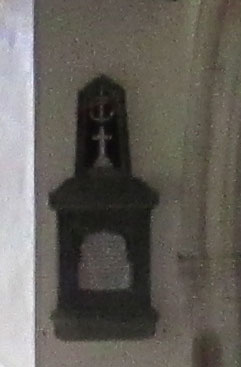Canon ELPH 330 / IXUS 255
-
-
Written by Gordon Laing
Canon Canon IXUS 255 HS/ ELPH 330 HS vs IXUS 140 / ELPH 130 IS vs Canon PowerShot A3500 Noise

To compare noise levels under real-life conditions, I shot this scene with the Canon IXUS 255 HS / ELPH 330 HS, the Canon IXUS 140 / ELPH 130 IS, and the Canon PowerShot A3500 IS, within a few moments of each other using their best quality JPEG settings at each of their ISO sensitivity settings.
The IXUS 140 / ELPH 130 IS and the PowerShot A3500 IS were both set to their maximum 28mm equivalent wide angle. The IXUS 255 HS / ELPH 330 HS was zoomed in a little from its maximum 24mm equivalent to provide the same field of view.
For this test all three cameras were set to Program Auto mode. Image stabilisation was turned off and the camera settings were otherwise left on the defaults.
The image above was taken with the Canon IXUS 255 HS / ELPH 330 HS. The IXUS 225 HS / ELPH 330 HS was set to Program Auto mode and at its base 80 ISO sensitivity setting metered an exposure of 0.6s at f3.2. At these settings the image was quite dark with a histogram well to the left, so to produce a brighter result and an equivalent exposure to the PowerShot A3500 I applied 0.67EV exposure compensation on the IXUS 255 HS / ELPH 330 HS which produced an exposure of 1s. I applied the same 0.67EV exposure compensation to the IXUS 140 / ELPH 130 IS, resulting in an exposure of 1s, also at f3.2 at it’s base 100 ISO sensitivity setting. The PowerShot A3500 metered an exposure of 0.6s and f2.8 at 100 ISO.
The IXUS 255 HS / ELPH 330 HS is the only one of the three models with an 80 ISO sensitivity setting, and I think this crop is a little better in terms of noise than the 100 ISO one. The difference isn’t huge and you need to be pixel peeping these 100 percent crops to spot it, but the text is smoother and the edges are cleaner (compare the left hand edge of the memorial in the two crops).
The 100 ISO crop is pretty good too though. There’s a little bit of texture which is most visible in the backround wall, but the level of detail is good. As you’d expect, at 200 ISO the noise is a little more visible and the left hand side of the memorial is loking quite speckled, but it’s a marginal increase and all three of these sensitivity settings will produce excellent results at 100 percent sizes.
At 400 ISO there’s a bigger hike in the noise levels, though, and the processing also ramps up to try and deal with it. The result is a crop with a clumpiness that’s obscuring some of the detail. The text panel is still just about readable though and 400 ISO just about scrapes under the wire with a result that is good enough for 100 percent reproduction. You couldn’t say that for the 800 ISO sensitivity setting, though. Now the noise is approaching levels where the processing can’t deal with it without also badly affecting image data. The result is an overall softening of the image detail accompanied by smearing in places. By 1600 ISO things are beginning to look quite ugly, but at smaller sizes this, and even 3200 ISO is quite passable. 6400 ISO, however, looks pretty grotty at any size.
The crops from the 16 Megapixel IXUS 140 / ELPH 130 IS show a smaller area with larger detail than those from the 12.1 Megapixel IXUS 255 HS / ELPH 330 HS. When it introduced back-illuminated CMOS sensors to its compact range, Canon badged all models containing them ‘HS’, standing for high sensitivity. The headline feature of these sensors is their low noise performance, so it’s no surprise that the IXUS 255 HS / ELPH 330 HS crops look much better than those from the IXUS 140 / ELPH 130 IS. There’s less noise and more detail as a result, it’s as simple as that. Both the 80 and 100 ISO crops, which look very similar, are less noisy than the 100 ISO crop from the IXUS 140 / ELPH 130 IS. As you go up the sensitivity range the gap doesn’t widen, but the IXUS 255 HS / ELPH 330 HS does maintain its advantage.
The IXUS 255 HS / ELPH 330 HS crops also look much better than those from the Canon PowerShot A3500 IS. Again, that’s no surprise as the PowerShot A3500 IS and the IXUS 140 / ELPH 130 IS share the same 16.1 Megapixel CCD sensor. However, there appears to be even less detail in the PowerShot A3500 crops, possibly as a consequence of higher JPEG compression. Both the IXUS / ELPH models offer two levels of compression and these tests were shot using the best quality Superfine setting. The PowerShot A3500 only has the Fine compression setting which compresses by around twice as much as Superfine. That results in smaller files of a slightly lower quality.
The CMOS sensor and Digic 5 processor do provide the IXUS 255 HS / ELPH 330 HS with one other advantage in the form of the Handheld NightScene stacking mode. The 4 Megapixel Low Light scene mode on the IXUS 140 / ELPH 130 IS and the PowerShot A3500 IS isn’t much of an alternative. In past tests, Handheld Night scene has produced superior results at the same ISO setting to a single shot, but I have to say in this situation the 1600 ISO Handheld NightScene crop doesn’t look like it has much to offer over the single-shot 1600 ISO crop. Having said that, it’s better than the reduced resolution 3 Megapixel Low Light scene modes available on the two CCD sensor models.
Now head over to my IXUS 255 HS / ELPH 330 HS sample images to see some more real-life shots in a variety of conditions, or head straight for my verdict.
|
